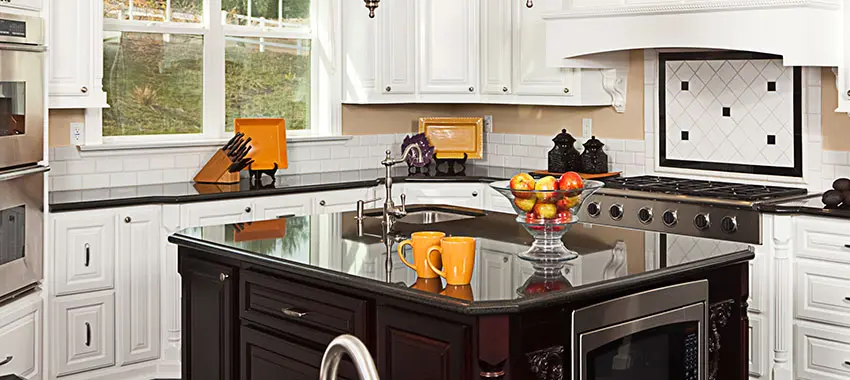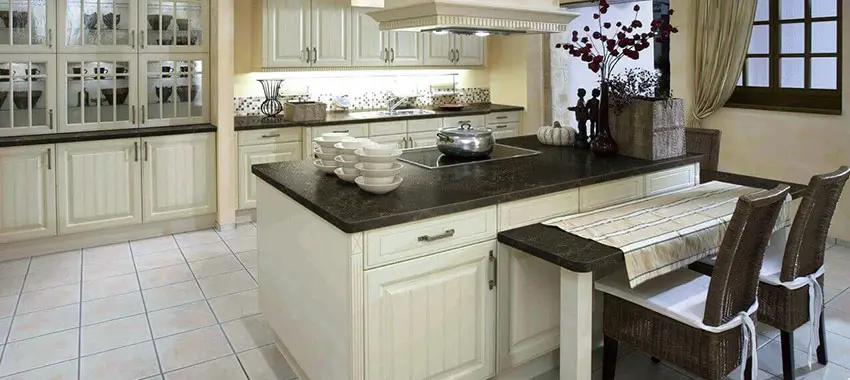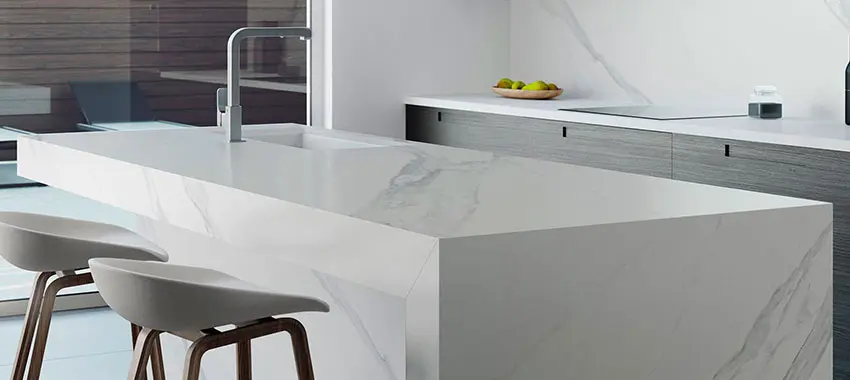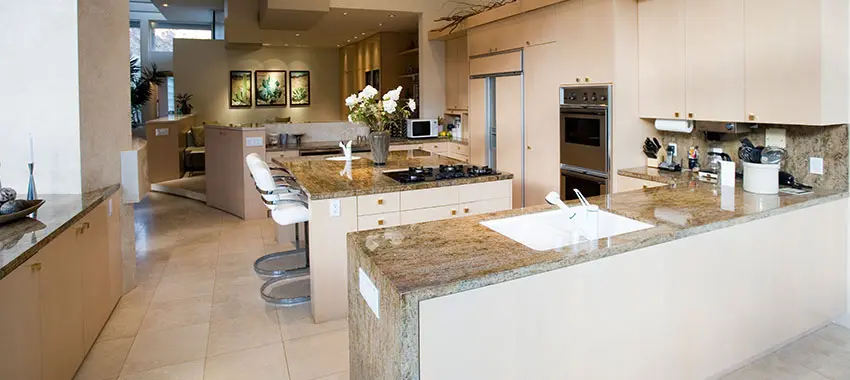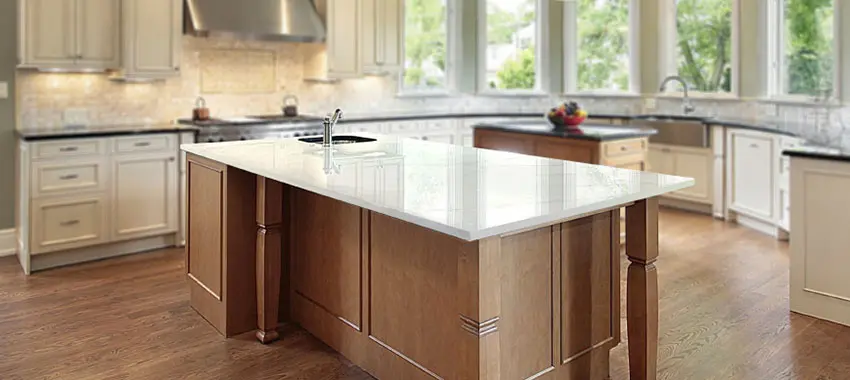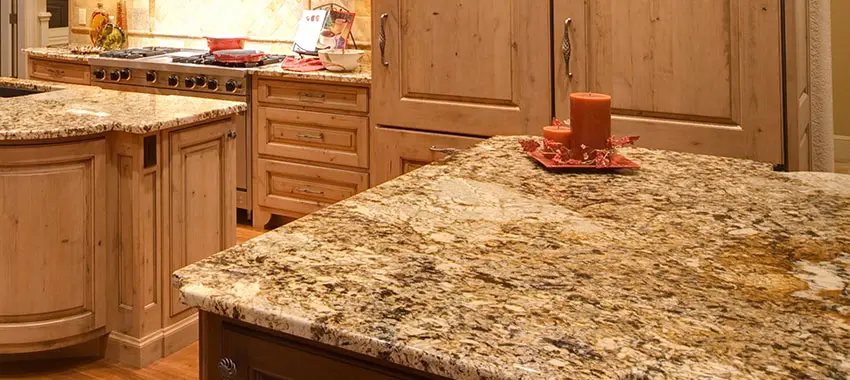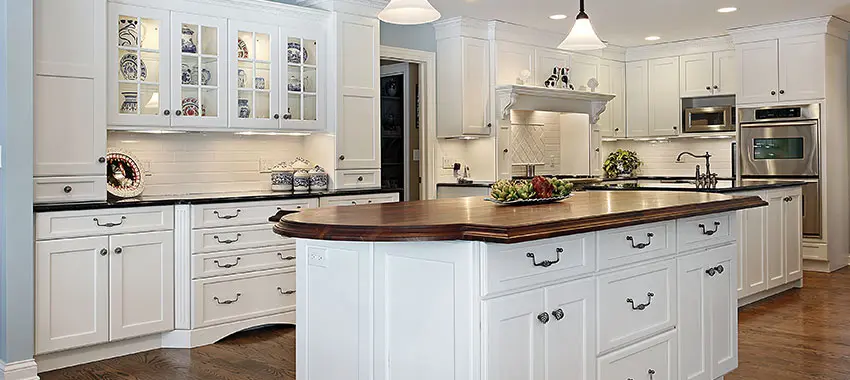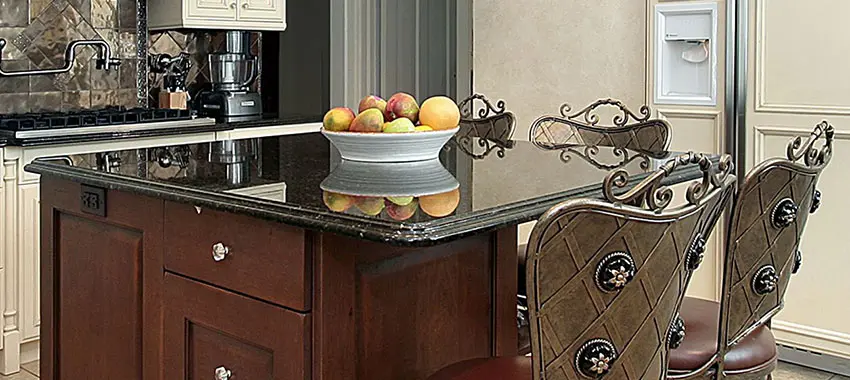Feb
Do I Need Plywood under Granite Countertops?
If you are asking, do I need plywood under granite countertops? You must be thinking about installing granite in your home, but aren’t sure whether also budget for plywood, right?
Well, you need plywood if your granite slab is less than 3cm thick. You should note that you will still need support in certain situations, even if your countertops are more than 3cm thick. These situations include:
Over the dishwasher.
The dishwasher opening has an opening that goes completely unsupported since there is no cabinet for it to rest on. The plywood support will provide the granite counters with the support it needs.
Besides the support, it’s wise you ask the contractor to install mesh under the countertop at the dishwasher location for additional support.
Bartop overhang
The bar top overhang creates an unbalanced loading condition, so if someone puts weight on the edge of the countertop, it will rotate in the force’s direction. It’s for this reason that you will need additional support for the cantilevered portion of your granite.
Even if the contractor installs mesh under the cantilevered portion of your countertop, the support isn’t enough to provide you with the amazing support you are looking for. For maximum support, install plywood.
Why use plywood to support natural stone?
While it might seem silly to support a stone with wood, it actually makes sense. For once, plywood is durable, while granite is fragile, especially if the slab is thin. This means that the piece of plywood will provide you with the support you are looking for.
Plywood is also inexpensive compared to solid hardwoods. This means you can provide support to your countertops without breaking the bank.
If you were to use stones instead of plywood, you would have to use multiple stones to join the pieces together, which will leave unsightly seams on the countertops. On the other hand, installing plywood means you have a smooth and seamless countertop that you can be proud to show off.
Are there other granite countertop support options?
If you don’t like securing your countertops with plywood or you have no access to it, don’t worry as there are plenty of other options you can go with. These options include:
Corbels
A corbel is a support where the back attaches vertically to the cabinet or wall, and the top acts as the support where you can rest other objects on. Corbels are similar to L-shaped brackets, but they are made as solid 3D objects designed to be seen.
The cool thing is, unlike brackets, corbels are designed to be both aesthetically appealing and functional. Since they leave space for your legs, corbels are perfect supports for a bar top overhang.
Poles
Poles are as simple as they sound. They come straight up from the floor, providing support to the underside of the countertop. Poles make an excellent choice when you are planning to install a large overhang.
While poles are great, provide additional support by installing some subtop, such as plywood or wire mesh.
Brackets
Brackets are like corbels, but they are designed not to be seen. A good example of the hidden countertop bracket is the L-shaped bracket. Brackets work like corbels where you mount them vertically to the cabinets, having a space on top to support the counter.
After installation, there is nothing between the bracket’s top and back, making them almost invisible.
Another popular bracket is the knee wall bracket that is straight and often mounted horizontally into a knee wall. For those wondering what a knee wall is, it’s a short wall that doesn’t extend all the way from the floor to the ceiling.
During installation, you cut holes into the wood underneath where you are planning to install your countertops, then install the metal sheets straight into the wood to support the countertop overhang’s weight.
Work with a professional
Regardless of the type of support you are using on your countertops, ensure the installation is done by a professional granite contractor Rockville. The last thing you want is to hire a novice that botches your expensive countertops.


